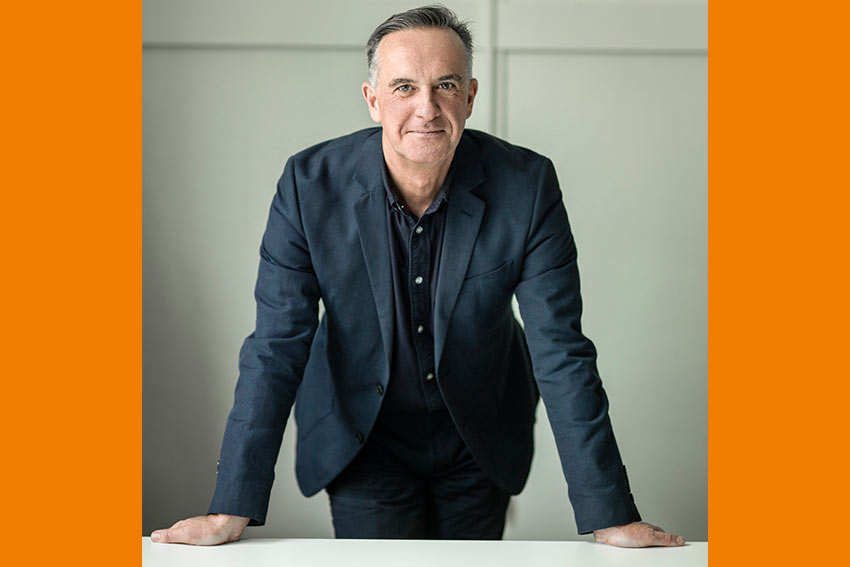Architecture the key to creating a more humanistic approach to technology
Charles Walker
14 May 2019
As a kind of “specialised generalist”, an architect needs to have a broad understanding of new technologies – whether they relate to smart cities, intelligent building systems, digital fabrication techniques, complex design and business management tools, or the internet of everything. More importantly, the new AUT programme will emphasise how those technologies can connect different kinds of creative, scientific, computational and cultural intelligence, and how to bring those strands together in very practical ways to change the way we design our homes, cities and workplaces.
“What some people are calling Industry 4.0, or the fourth industrial revolution, will require a fundamental re-think of the relationships between people and their environments. As we grapple with the impact of climate change, increasingly mobile and diverse populations, artificial intelligence, automation and other new technologies, we need to consider not only big global issues like sustainability or the future of work, but also how we live and communicate with each other on a day-to-day level in our own culturally-diverse society here in Aotearoa New Zealand. We can’t just assume that technology, in itself, will solve our problems. We won’t have smart cities without smart citizens; without people who can imagine, advocate, design and build new ways to live on the planet.
Instead of simply replacing old technology with new – for example, a regular car with a driverless car, or social interactions with on-line transactions – Professor Walker says we must examine how those technological leaps allow us to reimagine our world. But also how they relate to older or indigenous ways of living with nature. This is where design and technology meet philosophy. “When we imagine our near-future, we need to think about what we value, how design can communicate those values in meaningful ways, and how we build places that do this in ecologically sustainable ways.
Professor Walker goes on to say that the way we interact with our surroundings has already changed enormously. “We no longer carry maps; we navigate using our phones. Changes of that nature will only increase. What happens to cities built around old road networks if we create new transport solutions and clean energy systems? What form will our new civic institutions take? What will healthy neighbourhoods look and feel like? How do we design homes for new family structures, or new work patterns? Our challenge is now to move beyond creating technology just for technology’s sake, to harness technology to create a better environment for all.
“AUT’s Architecture and Future Environments programme will explore the design of ‘imaginable futures’ – recognising that the future is unknowable, but that it can be collectively designed using new technologies for collaboration, communication and construction.
“We must be forward thinking – we have the responsibility to shape the environment for future generations. Now is our chance to use holistic architectural design thinking and new technology to connect different fields and expertise, bringing together social and technological change, philosophical, scientific, environmental and psychological concerns. We have to approach things differently, because the old ways haven’t worked.”

Professor Charles Walker, director of the new AUT Architecture and Future Environments programme, says architecture offers a holistic understanding of the connections between technological, social and environmental change - and how we can use that knowledge to imagine and design more sustainable ways of living.